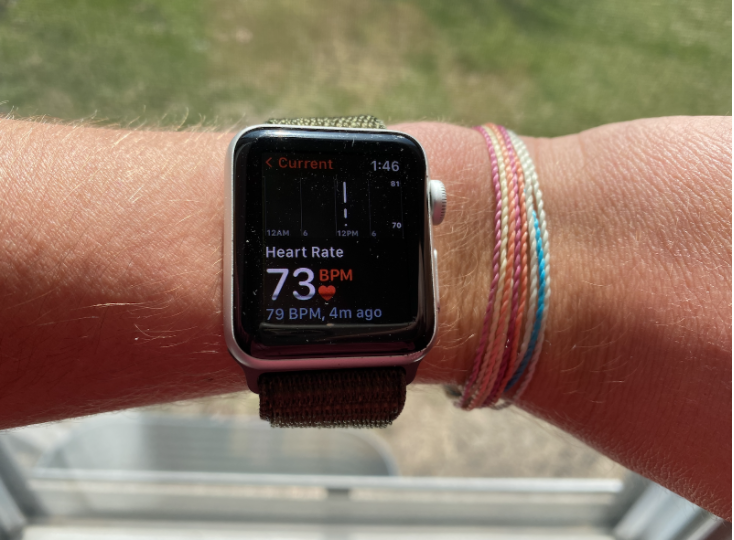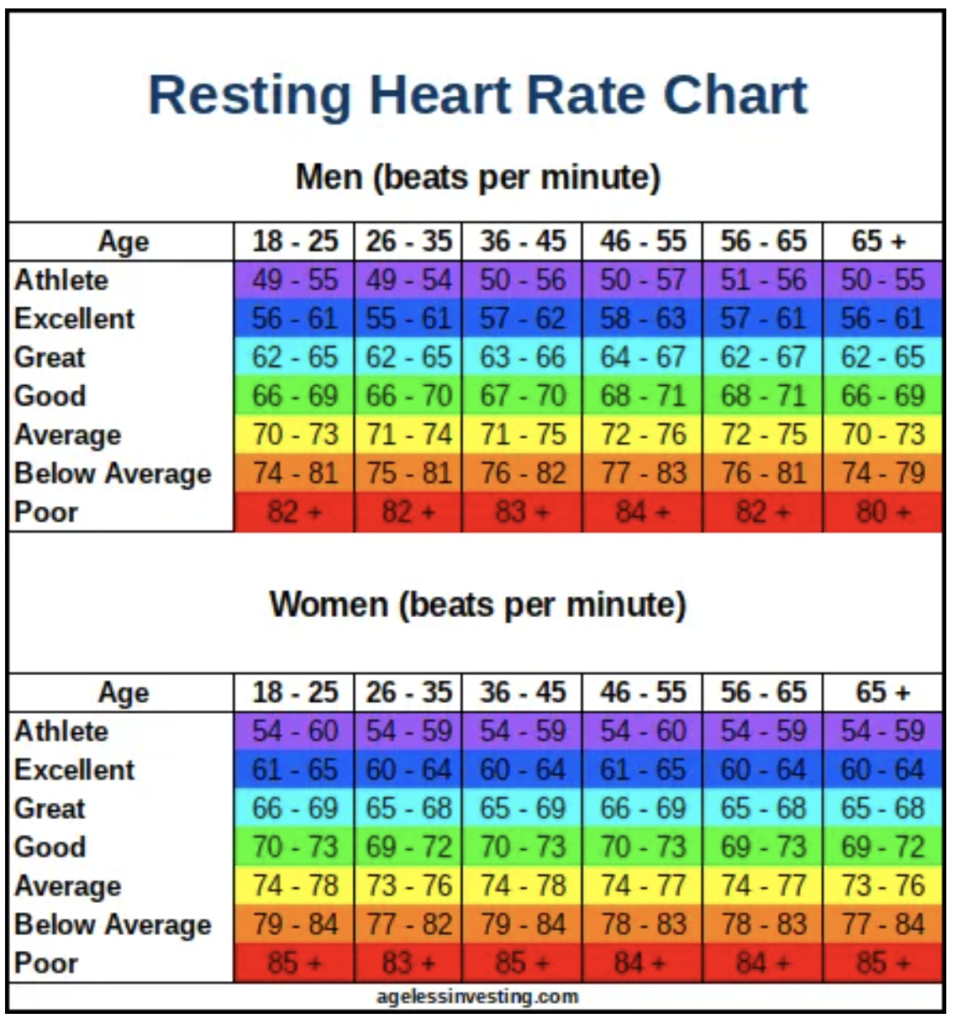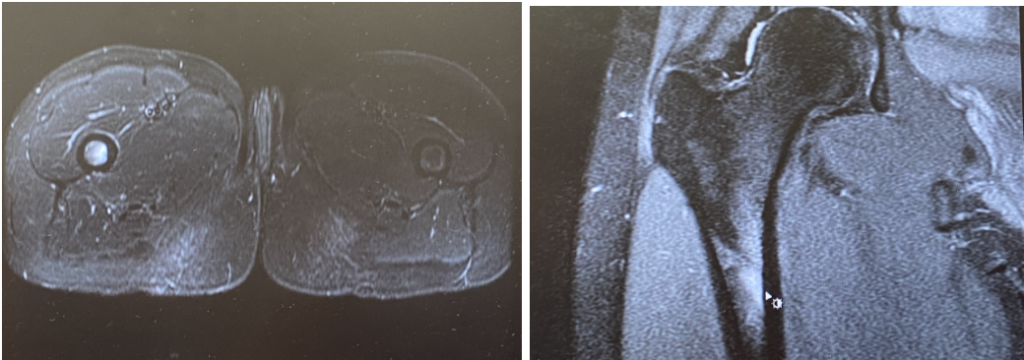We have all likely heard the saying, “Work smarter not harder.” While this is generally referenced in an academic setting, it is also very applicable in athletics! One of the benefits to being a runner is that it’s a sport people can participate in at any age and nearly anywhere. Unfortunately, however, anywhere from 65-80% of runners get injured in a given year. A large portion of these injuries are related to overuse.
Recovery
It’s a common misconception amongst runners that the harder you push during your runs, the faster you will be on race day. As a result, the majority or runners overdo their “easy” days. This leaves their legs fatigued and tired going into workouts and races. The majority of fitness is gained during a “workout” day, so overdoing easy days reduces your ability to push hard on workout days. To truly maximize their potential, an athlete must focus on their recovery. Recovery is a broad term that includes a variety of factors such as sleep quality, nutrition, and post run stretching and rehab exercises. Monitoring your heart rate is one way to manage your recovery, reduce overtraining, and limit bone stress injuries.
Managing Heart Rate

Heart rate monitors are used by runners to train smarter and ultimately race faster. Resting heart rate and heart rate recovery measurements are indications of how an athlete’s body is responding to stress and exercise long term. Heart rate measurements can be used to guide what the pace of a run should be. Heart rate measurements are commonly separated into five “zones.” On different days of the week and stages in a training cycle, a run should fall into the different zones. It may be beneficial for an athlete to also have a general idea of what their heart rate is at a given running pace. If their heart rate is more than 7 beats per minute above the usual rate, it may be a sign that the athlete has not fully recovered from their last training session and that they should continue with easy days until having another intense session. This is also important for runners since the weather conditions can greatly affect the difficulty of a run. Rather than having a goal pace for a given day, it is better to have a goal range of heart rates to make sure the run is best serving the athletes body. This will enable an athlete to get the appropriate effort in whether it is 70° and sunny or 30° with 20 mph winds.
Monitoring heart rate after exercise can also accurately indicate whether or not an athlete is fully recovered. It is important to note that your heart rate fluctuates, so it is more valuable to observe general trends than it is to overanalyze specific data points. A morning heart rate 5 beats per minute above your usual heart rate may be indicative that your body needs more rest or that you are getting sick. The image below shows a chart with ranges of resting heart rates depending on gender and age.

Minimizing Bone Stress Injuries

Building a training plan with runs in a variety of zones will help limit overtraining and make the development of overuse injuries less likely. A bone stress injury (BSI) is defined as the inability of a bone to withstand repetitive loading. There are varying degrees of bone stress injuries from stress reactions to complete bone fracture. When performing repetitive motions such as running, micro-cracks form in your bone. These micro-cracks are actually healthy because loading your bones makes them stronger. In the process of remodeling, the micro-cracks are healed. Generally, additional remodeling units can be recruited in response to increase loads. The increase in remodeling units present, decreases the amount of bone mass. This results in a decrease in the ability for the bone to absorb energy and an increase in the number of cracks formed. When insufficient time is given for remodeling, the micro-cracks will begin to accumulate and stress reactions and fractures will form. A stress reaction in the right femur of a female runner is shown in the image above. The white highlights represent inflammation in the bone.
Although overuse injuries are very common in runners, research shows that the use of heart rate monitors can help regulate recovery and positively influence training plans to limit overtraining.
Featured image cropped from “2016 US Olympic Track and Field Trials 2208 (28153062332)” by jenaragon94 which is licensed under CC BY 2.0.
